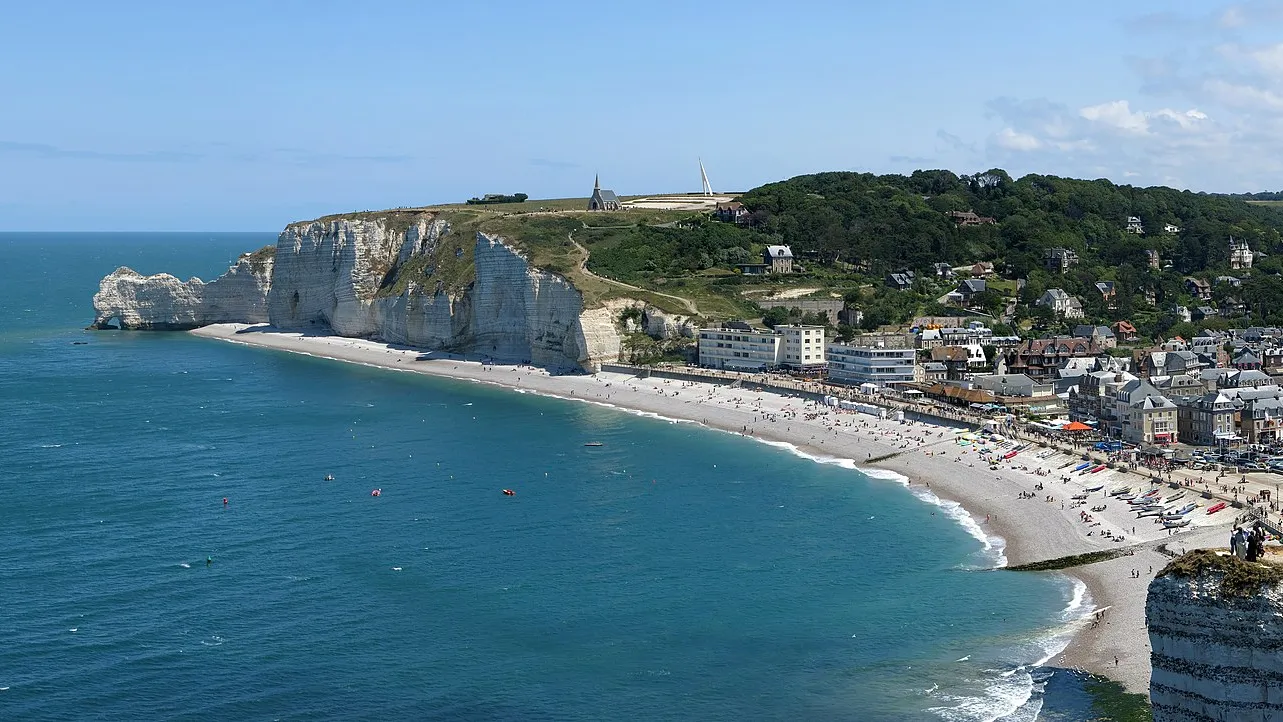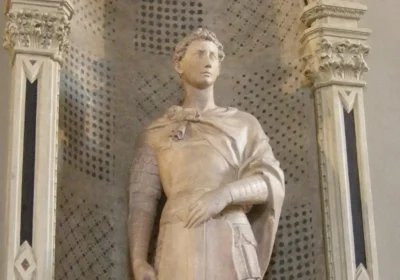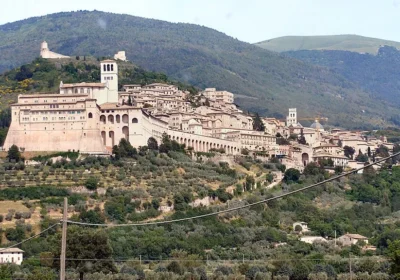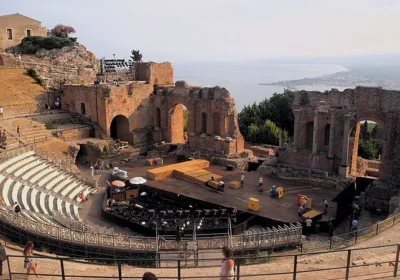In France, the coasts of France like to give beautiful names to their coasts: the Côte d’Azur, the Purple Coast, the Opal Coast, the Emerald Coast… The Normandy coast is divided into two coasts: the Alabaster Coast and the Flower Coast. The Alabaster Coast is the coast east of Le Havre (Etretat) and the Flower Coast is the coast west of Le Havre (Honfleur, Deauville, Trouville, Caen).
Etretat. It means “farm of the setting sun” in Scandinavian. It is the most beautiful place of the Alabaster Coast. The ocean beach with neat pebbles is framed by picturesque rocks rising powerfully from the water. These rocks are forever glorified by Monet and a whole galaxy of famous and unknown painters …
A sophisticated town with carved Norman houses and picturesque streets adjoins the beach. Casinos and restaurants along the seafront, the sound of seagulls, the smell of the ocean… Lovers come here from Paris to have dinner, admiring the sun rolling into the ocean right in front of the beach….
The road to Etretat is also remarkable: Norman estates here are surrounded by low embankments, on which instead of fences grow centuries-old beeches!
Deauville. A fashionable aristocratic resort. It became famous in 1860 thanks to the Duc de Morny, a close relative of the French Emperor Napoleon III. Until now one can meet here popular actors, writers, Formula I racers, descendants of aristocratic families… The development of high fashion in France is connected with Deauville. Coco Chanel opened one of her first salons in Deauville. Natasha Romanova, a Russian princess working as a model for one of the famous fashion houses of that time, lives here for a long time. Modern Deauville is a parade of exquisite villas combining Art Nouveau, Norman style, Gothic and Renaissance elements. It feels like you are attending a parade of architecture, yachts, sun and sea.
Trouville– As in the history of Deauville, the heyday of this resort was during the Second Empire era, which valued luxury and comfort. It is known for its huge Casino and picturesque fish market, as well as exquisite villas of the late XIX – early XX centuries. It is larger than Deauville, with which it borders, and seems more democratic than its neighbor.
Honfleur : Its history is closely linked to the exploration of the American north. At the beginning of the sixteenth century Jacques Cartier annexed to France new lands which he would call Canada. However, King Francis I is not satisfied: no spices, no gold, no diamonds. Canada remains undeveloped until 1608, when Samuel de Champlain, who set out from Honfleur, founds Quebec.
Meanwhile, the port of Honfleur is being developed by Colbert. So did the canal at the mouth of the Seine. The old town with picturesque streets, old docks, the quay of St. Catherine has been preserved. The church of the same name is a rare example of wooden architecture XVI century. In the early XIX century, this town and the adjacent coast of Normandy become a paradise for artists and poets of the Romantic era. Musset and Boudin, Corot and Daubigny created their works here. Baudelaire called this place “his most beautiful dream”. Today the picturesque port, crowded with yachts, amazes with the beauty of its Norman buildings, the lower floors of which are filled with restaurants, art galleries, shops where you can taste all kinds of Cider, Calvados, Pommeau. It is no coincidence that Honfleur is considered the fourth city in France by the number of tourists…
TheNormandy Bridge. One of the most beautiful bridges in the world. Over the mouth of the Seine. Unforgettable views of the sea, the Seine and the ports.

















